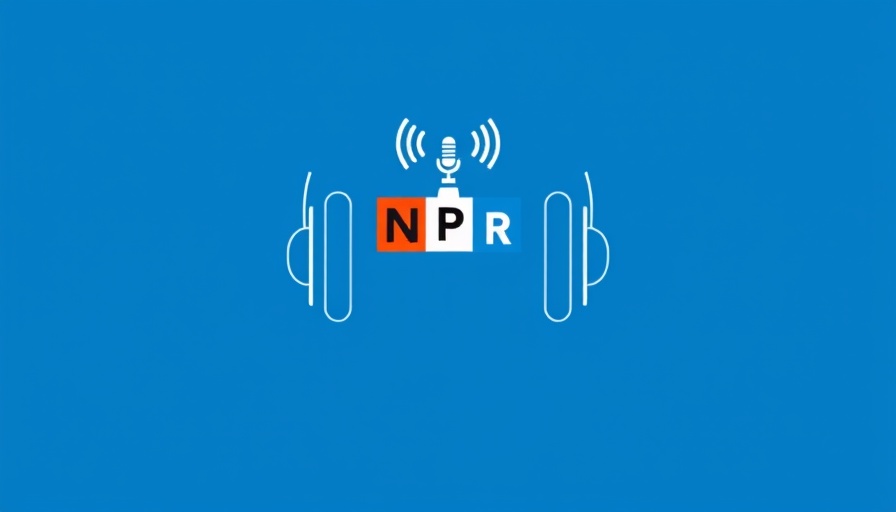
Understanding the Rise: Why Autism Rates Are Surging
In recent years, alarming statistics have emerged around autism, showing a staggering increase in diagnoses. According to Dr. Allen Frances, a prominent figure in the psychiatric community, the rates of autism have escalated by as much as 60-fold. His reflections, shared in a recent New York Times piece, unveil not just a trend in diagnoses but also raise critical questions about the factors at play. This article will explore these insights, the implications of rising autism rates, and what they mean for families and businesses alike.
The Role of Diagnostic Criteria and Awareness
Dr. Frances attributes a significant portion of the increase to revised diagnostic criteria established in the DSM-5, which broadened the spectrum of autism. This change means that more individuals than ever before can receive an autism diagnosis. While this inclusivity may enhance understanding and support for those on the spectrum, it also raises questions about the implications for educators, health professionals, and policymakers in managing these rising numbers.
Impact on Families and Communities
Families navigating autism diagnoses are often thrust into complex scenarios involving special education resources, therapy options, and mental health support. This evolving landscape of support systems demands that parents and caregivers not only seek medical guidance but also analyze educational policies and community engagement options for their children. The emotional strain and financial burdens associated with autism services can be daunting, requiring robust advocacy at local, state, and national levels.
Corporate Responsibility: The Business of Autism
As autism diagnoses rise, the implications extend into the corporate world. Tech-driven and marketing-centric industries must acknowledge the increasing demand for inclusive practices and products that cater to neurodiverse individuals. Companies that recognize this trend can position themselves as champions of diversity and innovation, ultimately benefiting their brand image and employee morale. Developing better workplace environments, accessible technology, and consumer-friendly products can be a win-win for businesses and employees alike.
Future Trends: What Lies Ahead for Autism Awareness?
Looking ahead, it’s clear that autism will remain a vital topic of discussion. As diagnostic standards continue to evolve, and awareness increases, businesses, educators, and communities will need to adapt. Future strategies will likely focus on enhanced training for professionals, tailored educational methodologies, and simpler access to healthcare resources. Corporate involvement in awareness campaigns and community outreach can also foster a more supportive environment for those affected by autism.
Closing Thoughts: A Call to Action
The rising autism rates underscore a fundamental shift in our understanding of neurodiversity and require collective action across multiple sectors. Whether you are a business leader, educator, or healthcare provider, the responsibility lies with each of us to confront these challenges proactively. Engaging in dialogue about autism, supporting inclusive initiatives, and prioritizing resources can create a more welcoming society for individuals on the spectrum.
By recognizing the importance of the conversation surrounding autism, we can hope for a brighter, more inclusive future for all. Join the movement—let’s lead the way towards understanding and support for every individual.
 Add Row
Add Row  Add
Add 




Write A Comment